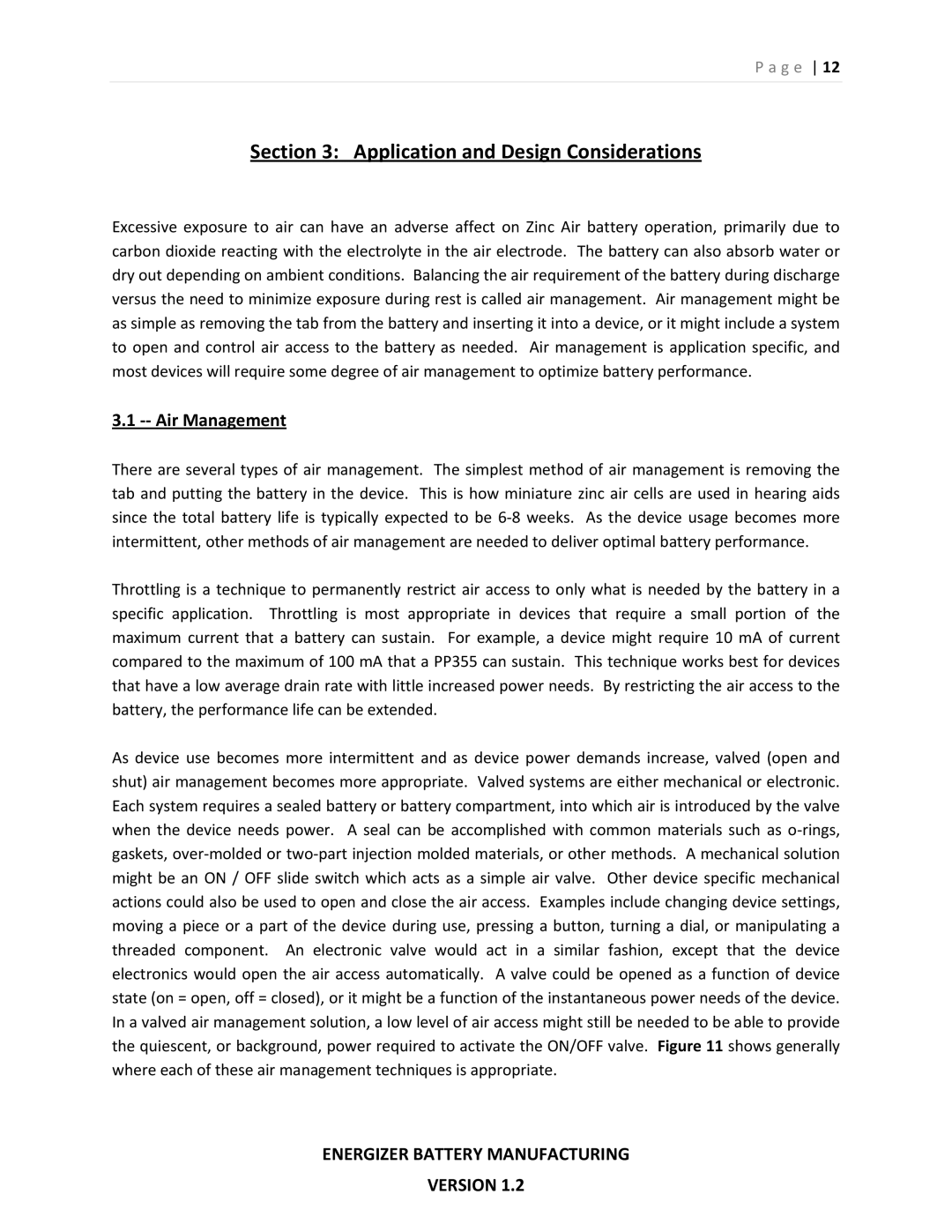PP355 specifications
The Energizer PP355 is a versatile and robust battery designed to meet the power demands of various devices, particularly in the domain of consumer electronics. This battery is part of Energizer's commitment to providing reliable and high-performance power solutions for everyday needs. The PP355 designation is designed to function efficiently in a myriad of applications, from toys and remote controls to more specialized electronic gadgets.One of the main features of the Energizer PP355 is its alkaline chemistry, which offers a reliable energy source with a long shelf life. These batteries can hold their charge for extended periods, making them ideal for devices that may not be used regularly. Users can trust that the energy stored within the PP355 will be ready whenever it is needed. The chemistry also ensures a steady power output, helping devices function optimally without the risk of sudden power drain.
Another noteworthy characteristic of the PP355 is its superior leak resistance technology, ensuring that it can withstand various environmental conditions and prolonged usage. This innovation helps in preventing leakage, which can damage devices and compromise performance. The design focuses on safety and durability, making the PP355 not only a reliable energy source but also a safe choice for users.
In terms of size, the PP355 is designed to comply with standard dimensions, allowing it to fit seamlessly into devices specified for similar battery types. Its compatibility with a wide range of products enhances its appeal, as consumers can easily replace old batteries without worrying about finding an unusual size or model.
Moreover, the PP355 is geared towards sustainability, with Energizer emphasizing eco-friendly practices in its production processes. The brand is committed to reducing its environmental footprint, making the PP355 not just a power source, but a responsible choice for consumers who are increasingly aware of environmental issues.
In conclusion, the Energizer PP355 merges advanced technology with practical features, creating a reliable battery option for a variety of daily applications. With its impressive performance, safety characteristics, and focus on sustainability, the PP355 represents Energizer’s dedication to providing quality power solutions in today's fast-paced digital world.
